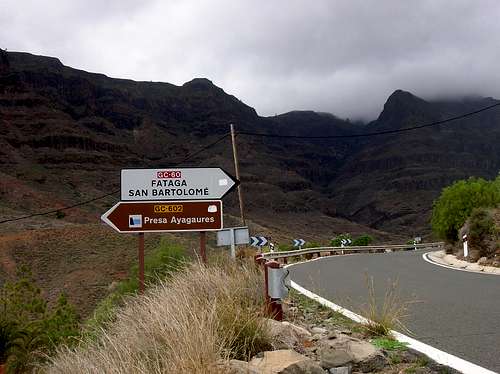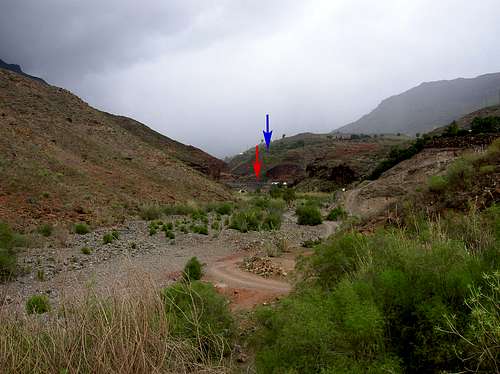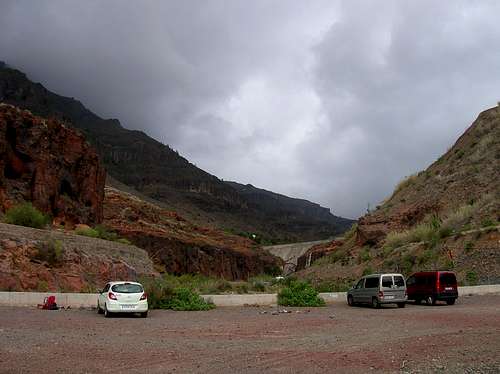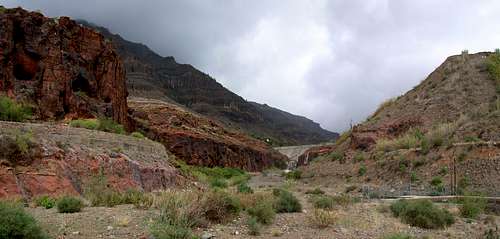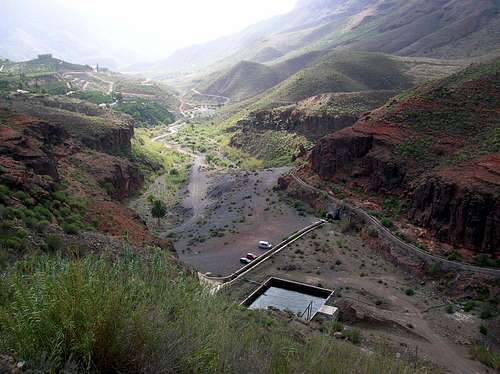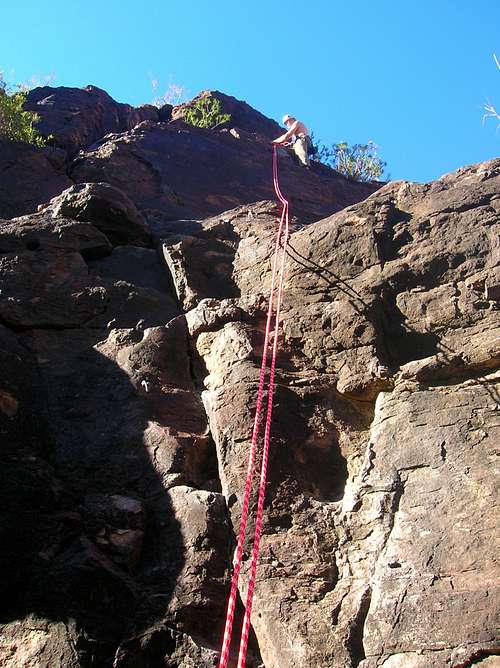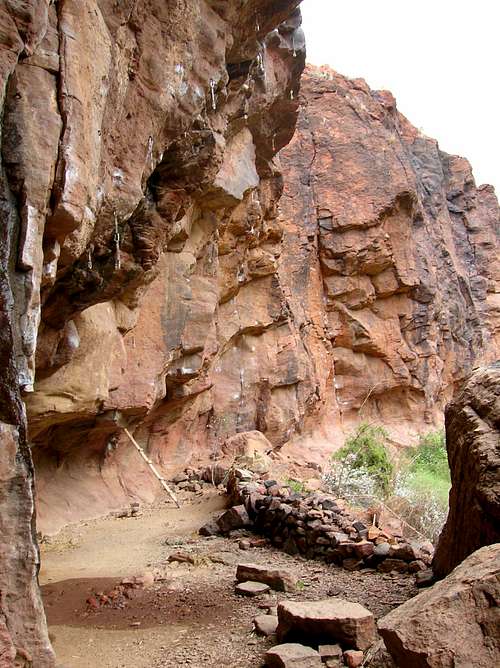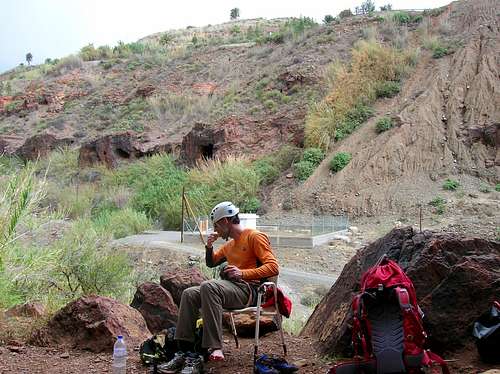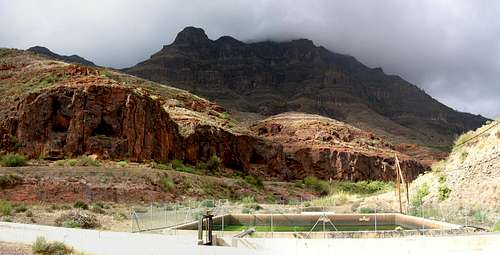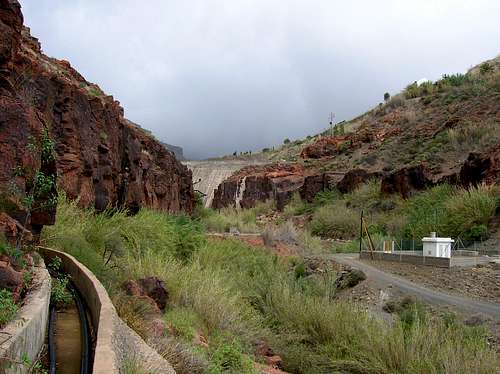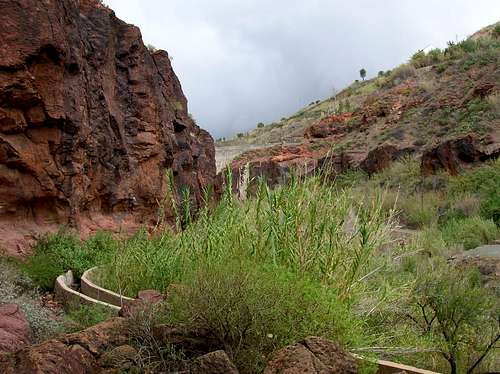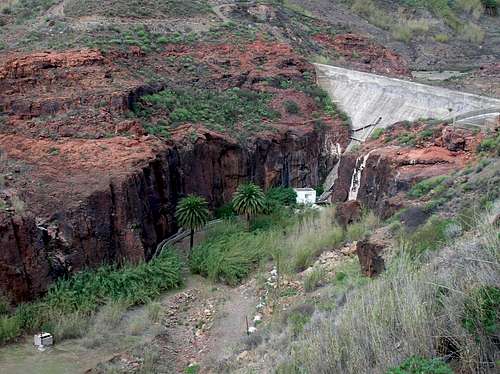-
 7616 Hits
7616 Hits
-
 80.49% Score
80.49% Score
-
 12 Votes
12 Votes
|
|
Area/Range |
|---|---|
|
|
27.87500°N / 15.5677°W |
|
|
Sport Climbing |
|
|
Spring, Summer, Fall, Winter |
|
|
Introduction
Gran Canaria, the third largest of the Canary Islands, is well known as a rock climbing destination. Its superb volcanic rock (basalt) is loaded with all imaginable features (cracks, pockets, edges, smears, holds of all types), offering interesting variety even on a single climb. It is possible to climb all year round, with the best climbing period being from autumn through spring. The island features 14 climbing areas, most of them are located on the north coast and in the center of Gran Canaria. No special permits are required for rock climbing.Fataga is quite a popular climbing venue on Gran Canaria, partly thanks to its proximity to a main road and short walking distance to the crag.
"Gran Canaria: Guia de Escalada Deportiva / Sport climbing guide" issued on 2011 is currently the only guidebook about rock climbing on Gran Canaria, listing over 700 bolted routes at 14 local crags. It is written in both Spanish and English. The book has brief descriptions of the climbing areas, directions on how to get to the crags, and lots of color topo photos of the routes. However, the descriptions of the routes are very laconic, containing only the names and the grades of the routes. Moreover, the book is already slightly outdated, as a few descriptions on how to get to the crags are not entirely correct anymore, as we found out hard way. Also, new routes are being established. Nevertheless, this book is an indispensable assistant if you plan to rock climb on Gran Canaria.
Getting There and Where to Stay
The green paddle points at the climbing area. Zoom in for a closer view, or Click here to view a larger map
There are frequent flights from many European cities to Gran Canaria, and also a few from Africa.
There are buses all over the island, and connections are good. If you want to be flexible, consider renting a car. We used Cicar.
To reach the Fataga climbing area from the south coast (Maspalomas), follow the road GC-60 towards Fataga/San Bartolomé.
There are two possibilities to reach the crag from this road. The first one (as described in "Gran Canaria: Sport climbing guide") is to leave the car on a small parking lot (dirt layby) beside the main road (GC-60) above the gorge, about a kilometer before the village of Fataga. The parking lot is on your left-hand side when coming from Maspalomas, and is located just atop the climbing area. Further on the left there's a huge concrete dam in the gorge. If you park here, you need to walk down (following a track from the parking lot) over the dam in order to get to the crag.
The second possibility, which gets you a way closer to the rocks, is to drive down to the gorge until the dead end before the dam. At about 4 km before Fataga, take the road GC-602 towards Presa Ayagaures. Follow this gravel road downhill until a bridge down in the Fataga Gorge. Don't cross the bridge, but turn to the right onto a cart track going up along the bottom of the gorge. Follow this track until its end, where there's a parking area. The track is passable by a small car, but at some point you really wish you had a 4WD jeep here, or at least a car with higher clearance. Drive slowly and very carefully here. From the parking lot it is only a few minutes of walking to the first climbing sector.
This walk is very straightforward. Just cross a drainage channel, which boarders the parking area (there's a wooden plank over the channel on the very left) and walk towards the dam on a wide service track. This track leads to a small flat area in the middle of the climbing area, from here it is very easy to reach all the sectors - just walk along a drainage channel below the rock wall to the desired sector.
Area Description
There are 6 climbing sectors at Fataga: Huevo, Topatras, Caidero, Palmera, Muro, and Cueva. Most of the climbs are of French grade 6 - 7. The routes are in good condition. The top anchors (except of a very few anomalies) are made up of two bolts connected with a chain, where a screw-gate carabiner is clipped into.Many overhanging routes in the sector Topatras are equipped with quick-draws.
Starting off on some routes in the back sectors (Caidero, Palmera, Muro) can be slightly precarious as the concrete drainage channel (aquaduct) is so close to the rock face that early slipping on a route would cause hard landing (or muddy/wet shoes, or both). Sometimes a belayer must stand in the channel trying to find the best compromise between clean feet and excess rope management.
The following table gives an overview of the routes in the Fataga climbing area, based on "Gran Canaria: Guia de Escalada Deportiva / Sport climbing guide".
| Grade | Huevo | Topatras | Caidero | Palmera | Muro | Cueva |
| IV - IV+ | 1 | |||||
| V - V+ | 3 | 1 | 4 | 1 | ||
| 6a - 6a+ | 1 | 2 | 7 | 1 | ||
| 6b - 6b+ | 2 | 1 | 7 | 9 | 2 | |
| 6c - 6c+ | 1 | 5 | 2 | 6 | 2 | 2 |
| 7a - 7a+ | 1 | 2 | 3 | 6 | 2 | 1 |
| 7b - 7b+ | 2 | 1 | 1 | |||
| 7c - 7c+ | 4 | |||||
| 8a - 8a+ | 7 | |||||
| 8b - 8b+ | 1 | |||||
| Unknown/Project | 1 | 1 | 1 | 1 | 2 |




